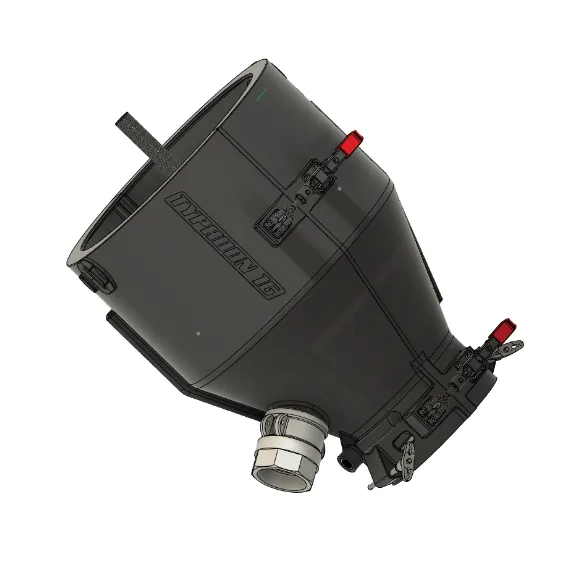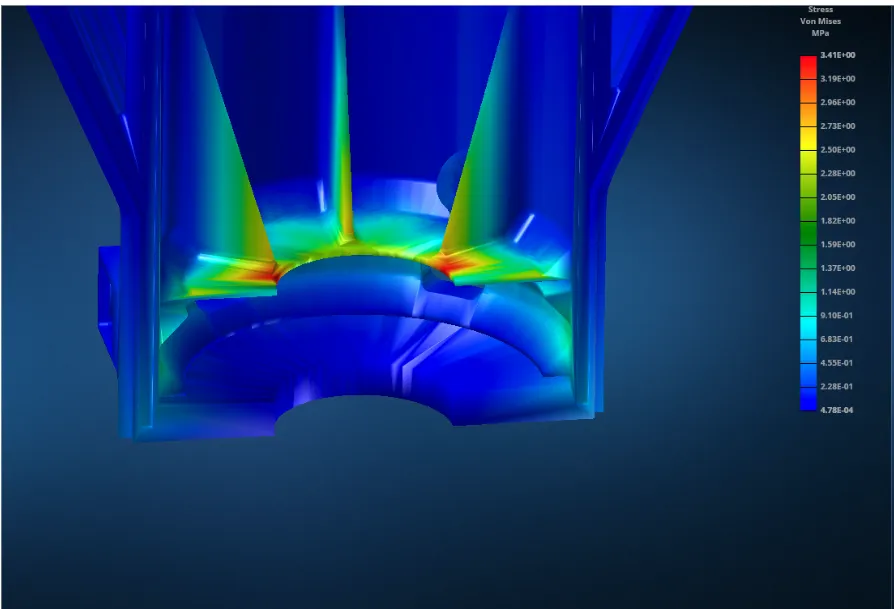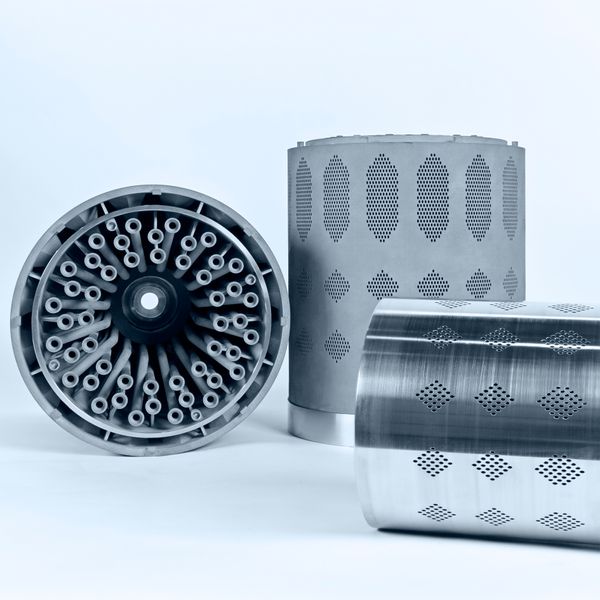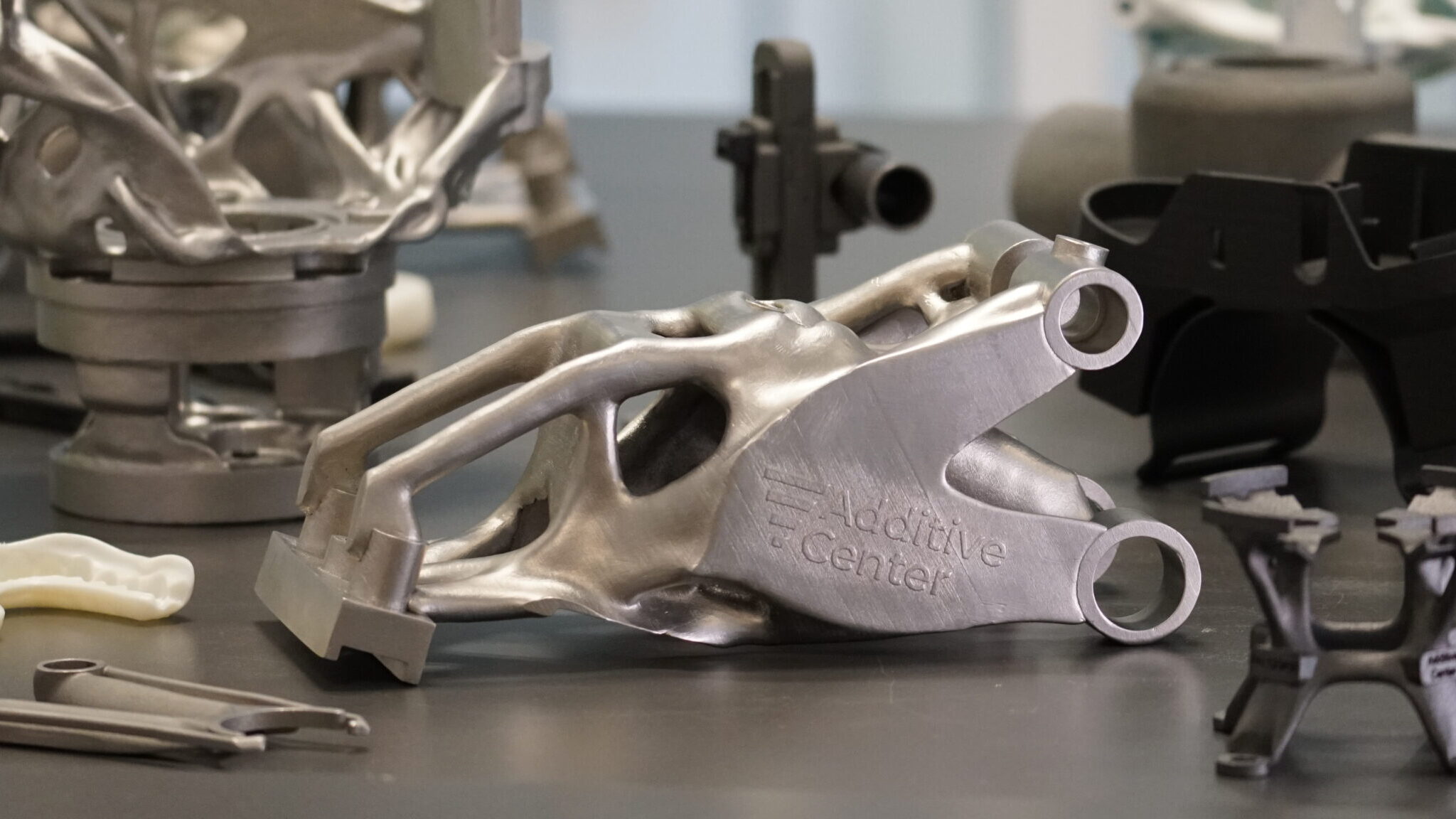Lightweight Precision: How 3D Printing Transformed Cable Inspection
The client
Suprotech specializes in the inspection, maintenance, and repair of high-stakes infrastructure components, particularly focusing on stay cables used in large-scale structures like flare stacks. Utilizing advanced technologies such as 3D scanning and magnetic inspections, Suprotech ensures the structural integrity and safety of these critical components. Their innovative approach, including the development of specialized trolleys for cable inspection, has positioned them as a leader in the global market for industrial maintenance solutions. Suprotech’s commitment to safety and efficiency drives their continuous innovation in this highly specialized field.

Information
Client:
Suprotech
Technology:
3D scanning
Material:
Plastic
The challenge
The main challenge for Suprotech regarding the crawler (trolley) was its excessive weight, which led to significant friction on the cables during inspections and maintenance. This friction not only made the crawler less efficient but also posed potential risks to the cables themselves. Additionally, the original design included heavy, conventionally manufactured components and rubber sleeves that created resistance, further complicating the inspection process. Suprotech needed a solution that would reduce the crawler’s weight while maintaining or improving its functionality, ultimately leading them to explore custom-made, 3D-printed parts as a potential solution.
Additive Center was chosen as the ideal partner due to our expertise in 3D scanning and printing technologies. Our ability to design and produce lighter, tailor-made components, while maintaining the necessary strength and durability, made us the perfect choice to address Suprotech’s specific needs and drive the project forward.
The solution to Suprotech’s challenge was to redesign the heavy components of the crawler using advanced 3D scanning and printing technologies provided by Additive Center. By scanning the cables and creating custom, lightweight 3D-printed parts, Additive Center was able to reduce the crawler’s weight significantly while enhancing its functionality. The new design included split plastic sleeves that fit precisely around the cable strands, reducing friction and improving overall efficiency. This innovative approach not only solved the weight issue but also improved the crawler’s performance and expanded its usability.


The advantages

Reduced Weight
The redesigned, 3D-printed components significantly decreased the crawler’s weight, reducing friction on the cables and making the inspection process smoother and more efficient.
Broader Usability
The lighter, more efficient crawler can now be used in a wider range of applications, making it a versatile tool for various inspection and maintenance tasks, thus expanding its operational scope.
Enhanced Performance
The custom-fit plastic sleeves ensured optimal sealing and reduced resistance, improving the crawler’s overall functionality and allowing for more precise and effective inspections.
Increased Durability
The materials and design used in the 3D printing process were chosen for their strength and longevity, ensuring that the new components could withstand the rigors of regular use while maintaining performance.



